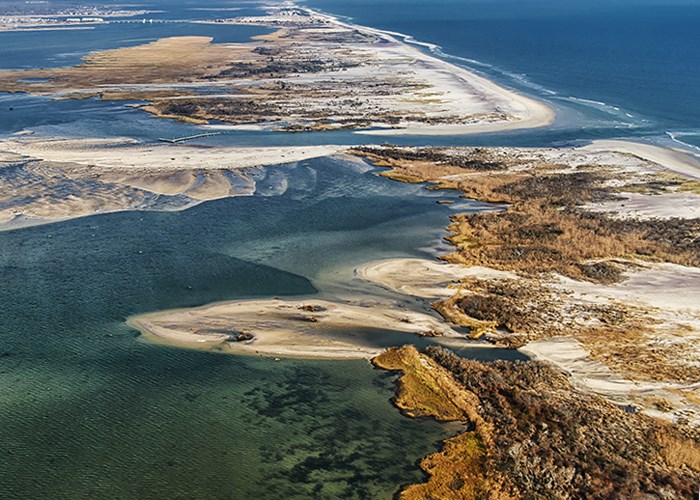 In a new study conducted by an international team, it was found that more than a quarter of the world’s land could become markedly drier if global warming reaches 2 degrees Celsius.
In a new study conducted by an international team, it was found that more than a quarter of the world’s land could become markedly drier if global warming reaches 2 degrees Celsius.
The research team studied more than two dozen potential climate models in order to pinpoint the areas of the world that would be most affected by a continuing rise in global temperature. Increased aridity (or, dryness) worldwide could increase the risks of continual drought and wildfires such as we have already seen in California. Continued warming of the planet would make droughts longer and more severe.
The planet has already warmed by 1 degree Celsius since the Industrial Revolution. This research indicates that by the time the average global temperature rises just one more degree, 20 to 30 percent of the world’s land area would become arid.
Scientists believe that if the global rise in temperature can be limited to 1.5C, some of the dangers of aridity and drought can be lessened. Two thirds of the affected areas of the world could avoid drastic changes in aridity by keeping global warming below a 2-degree rise. This includes South Africa, Southeast Asia, southern Europe, Central America and southern Australia. More than 20 percent of the world’s population inhabits these areas, and would be severely affected by increasing dry climates.
The severity of drought seasons has already increased in parts of the world. In the Mediterranean, southern Africa and eastern Australia, drought conditions have been the worst over the 20th century. Now, semi-arid places like Mexico and Brazil are becoming more and more dry as the years go on and temperatures rise. This could have serious consequences for water quality and agriculture if the average global temperature is not kept below a 1.5 degree rise.
As humans, we can help curb the rise of global warming by reducing greenhouse gas emissions.





